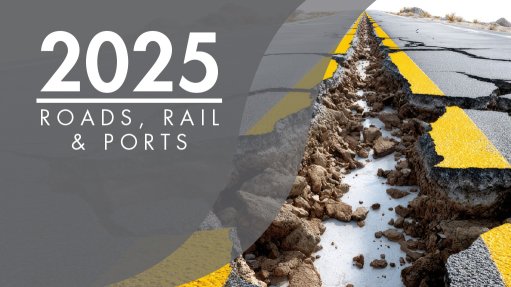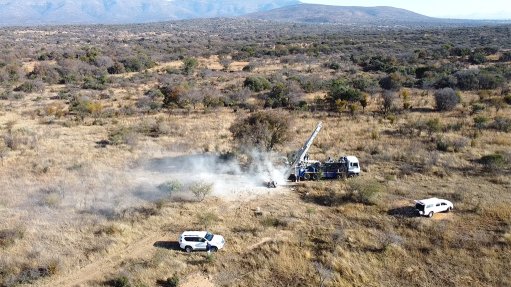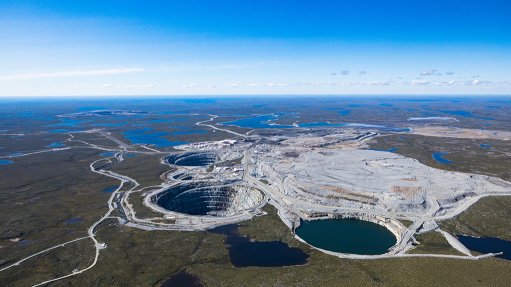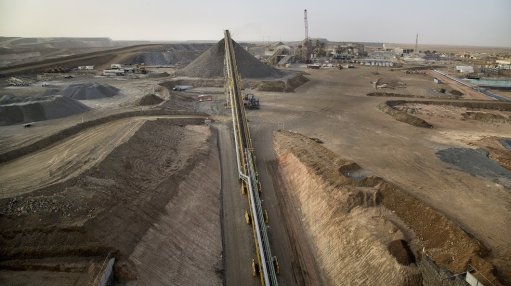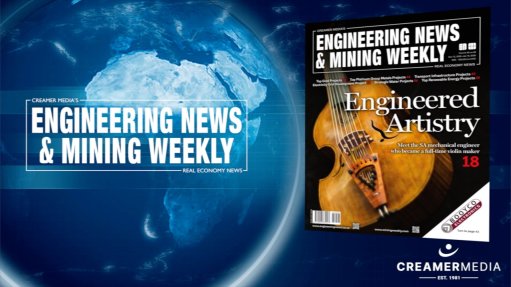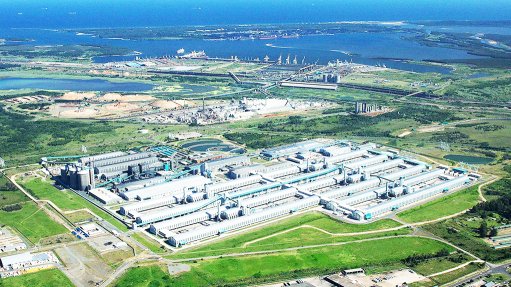30% tariff on exports to US would destroy demand, analyst says
A 30% net effective tariff rate on exports to the US from South Africa would essentially destroy demand growth in 2025 and 2026, resulting in permanent economic scarring, Wood Mackenzie metals and mining markets VP Robin Griffin has said.
“However, we're now assuming the 10% tariffs will remain in place, and that's because we think that probably will generate enough revenue for the Trump administration to pay for their tax cuts. That's the working assumption, although we don't know what will happen,” he said at the Junior Mining Indaba, in Johannesburg, on May 28.
Griffin discussed the rise of US nationalism and its potential impact on the energy transition and metals demand.
He stated that the connection between national defence and critical minerals was crucial, as these materials were central not only to military relevance but also to the future structure of the global energy system.
“The energy transition itself is positive for demand growth long term. But when you look at the demand share for a whole range of commodities – outside of lithium and cobalt, for instance – it’s a pretty low share of demand that’s going into electric vehicles and renewables,” he said.
Griffin expressed the view that it was reasonable to expect a slowdown in the energy transition under the Donald Trump Presidency. He observed that numerous countries were already decelerating their decarbonisation goals and reducing financial support for clean energy initiatives.
“The fiscal realities are kind of coming home to roost. Most countries are starting to realise that it’s going to be very expensive – and in some cases unaffordable – so there’s probably more realism that’s coming into some of the decisions,” he noted.
He said Wood Mackenzie’s base case emissions scenario was aligned with a 2.5 °C pathway, although a 3 °C outcome appeared more probable. This compares with the stated goal of limiting the global temperature rise to 1.5 °C above preindustrial levels.
“No matter what happens, doesn’t matter which transition religion you believe in, it’s going to be good for power demand growth. Even under our base case, you’ve got essentially a doubling of electricity demand. That needs huge amounts of metals, huge amounts of infrastructure,” Griffin stated.
According to him, broader economic conditions would ultimately be the key influence on commodity price trends. He observed that, apart from copper, investor enthusiasm for base metals had diminished.
“There’s some real-world demand increases in gold because of the uncertainty and the loss of confidence in US government treasuries, for instance. So there’s more hoarding of gold. The Chinese government has allowed more gold to be held by its top ten insurers, for instance. So there are real demand issues,” he explained.
He argued that gold prices were likely to remain elevated owing to prevailing uncertainty, suggesting that Trump’s ambitions to alter global geopolitical dynamics could sustain high prices.
“[The] gold price feeds off uncertainty, and given what Trump’s really trying to do – which is to change the world order – it looks like gold prices will probably stay high, which I know is good for South Africa,” he said.
Griffin went on to highlight the significance of data centres, forecasting a sharp increase in their energy consumption. He described ongoing construction of large-scale facilities that are projected to significantly raise their share of global electricity use.
“What’s good about it is it doesn’t really follow economic cycles. It doesn’t care about the energy transition. It’s happening. And so that is one area, I think, which kind of sits apart and will continue to grow rapidly no matter what happens,” he remarked.
Despite these opportunities, Griffin identified investment as a major constraint. He questioned whether the industry would be able to meet future metals demand owing to limited capital deployment.
“Investors are taking a sort of hands-off, risk approach. They’re not convinced that miners are spending their capital wisely. They are waiting to see what happens. It’s very difficult to see how we’re going to accelerate production of new projects during this time,” he cautioned.
He added that this issue extended beyond pricing alone, involving investor caution and a general reluctance to commit funds to unfamiliar or higher-risk regions. He attributed this hesitance partly to the high capital costs associated with major mining projects.
Article Enquiry
Email Article
Save Article
Feedback
To advertise email advertising@creamermedia.co.za or click here
Press Office
Announcements
What's On
Subscribe to improve your user experience...
Option 1 (equivalent of R125 a month):
Receive a weekly copy of Creamer Media's Engineering News & Mining Weekly magazine
(print copy for those in South Africa and e-magazine for those outside of South Africa)
Receive daily email newsletters
Access to full search results
Access archive of magazine back copies
Access to Projects in Progress
Access to ONE Research Report of your choice in PDF format
Option 2 (equivalent of R375 a month):
All benefits from Option 1
PLUS
Access to Creamer Media's Research Channel Africa for ALL Research Reports, in PDF format, on various industrial and mining sectors
including Electricity; Water; Energy Transition; Hydrogen; Roads, Rail and Ports; Coal; Gold; Platinum; Battery Metals; etc.
Already a subscriber?
Forgotten your password?
Receive weekly copy of Creamer Media's Engineering News & Mining Weekly magazine (print copy for those in South Africa and e-magazine for those outside of South Africa)
➕
Recieve daily email newsletters
➕
Access to full search results
➕
Access archive of magazine back copies
➕
Access to Projects in Progress
➕
Access to ONE Research Report of your choice in PDF format
RESEARCH CHANNEL AFRICA
R4500 (equivalent of R375 a month)
SUBSCRIBEAll benefits from Option 1
➕
Access to Creamer Media's Research Channel Africa for ALL Research Reports on various industrial and mining sectors, in PDF format, including on:
Electricity
➕
Water
➕
Energy Transition
➕
Hydrogen
➕
Roads, Rail and Ports
➕
Coal
➕
Gold
➕
Platinum
➕
Battery Metals
➕
etc.
Receive all benefits from Option 1 or Option 2 delivered to numerous people at your company
➕
Multiple User names and Passwords for simultaneous log-ins
➕
Intranet integration access to all in your organisation




